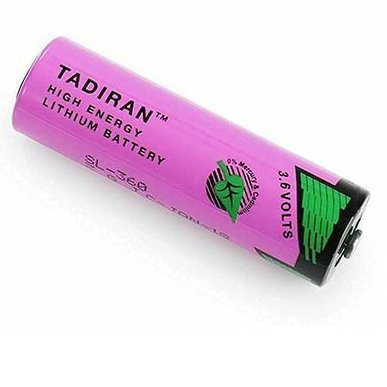- 9.00 to 9.00 (Mon_Sat)
- M/F unit: No 20c,MKB Nagar, Thiruudivakkam, Chennai, India.
- View On Map
-
Mail Us On
msfactoryautomations@gmail.com
-
Make a Call
+91-978-955-3926
- 9.00 to 9.00 (Mon_Sat)
- M/F unit: No 20c,MKB Nagar, Thiruudivakkam, Chennai, India.
- View On Map
-
Mail Us On
msfactoryautomations@gmail.com
-
Make a Call
+91 978-955-3926
Mitsubishi Q6BAT Li-Ion Battery CR17335SE-R/ 3V PLC battery
Mitsubishi Q6BAT Li-Ion Battery CR17335SE-R/ 3V PLC battery
- Availability:In-Stock
Category:
- Drive Battery
Lithium ions play a crucial role in the electrochemistry of a lithium-ion (Li-ion) battery, which is an advanced battery technology. Lithium atoms in the anode become ionized and lose their electrons during a discharge cycle. The four primary components of Li-ion batteries are the separator, electrolyte, anode, and cathode. A Li-ion battery needs all of its parts to work; without anyone, the battery cannot operate.
The lithium is stored in the cathode and anode. Through the separator, positively charged lithium ions are transferred from the anode to the cathode and vice versa by the electrolyte. The anode becomes charged at the positive current collector as a result of the movement of the lithium ions liberating electrons. Due to their high energy density per unit mass in comparison to other electrical energy storage technologies, lithium-ion batteries are currently found in the majority of portable consumer gadgets, including laptops and cell phones.
Out of all rechargeable battery types, lithium-ion batteries have one of the highest CE ratings—99% or better. The most efficient batteries are these. Nickel-based batteries are closer to 80%, while lead-acid batteries are lower at roughly 90%. When charging rates are high, their efficiencies decrease. Film cameras use the majority of non-rechargeable lithium metal batteries. Rechargeable lithium-ion batteries are used to power laptops, cell phones, and camcorders.



